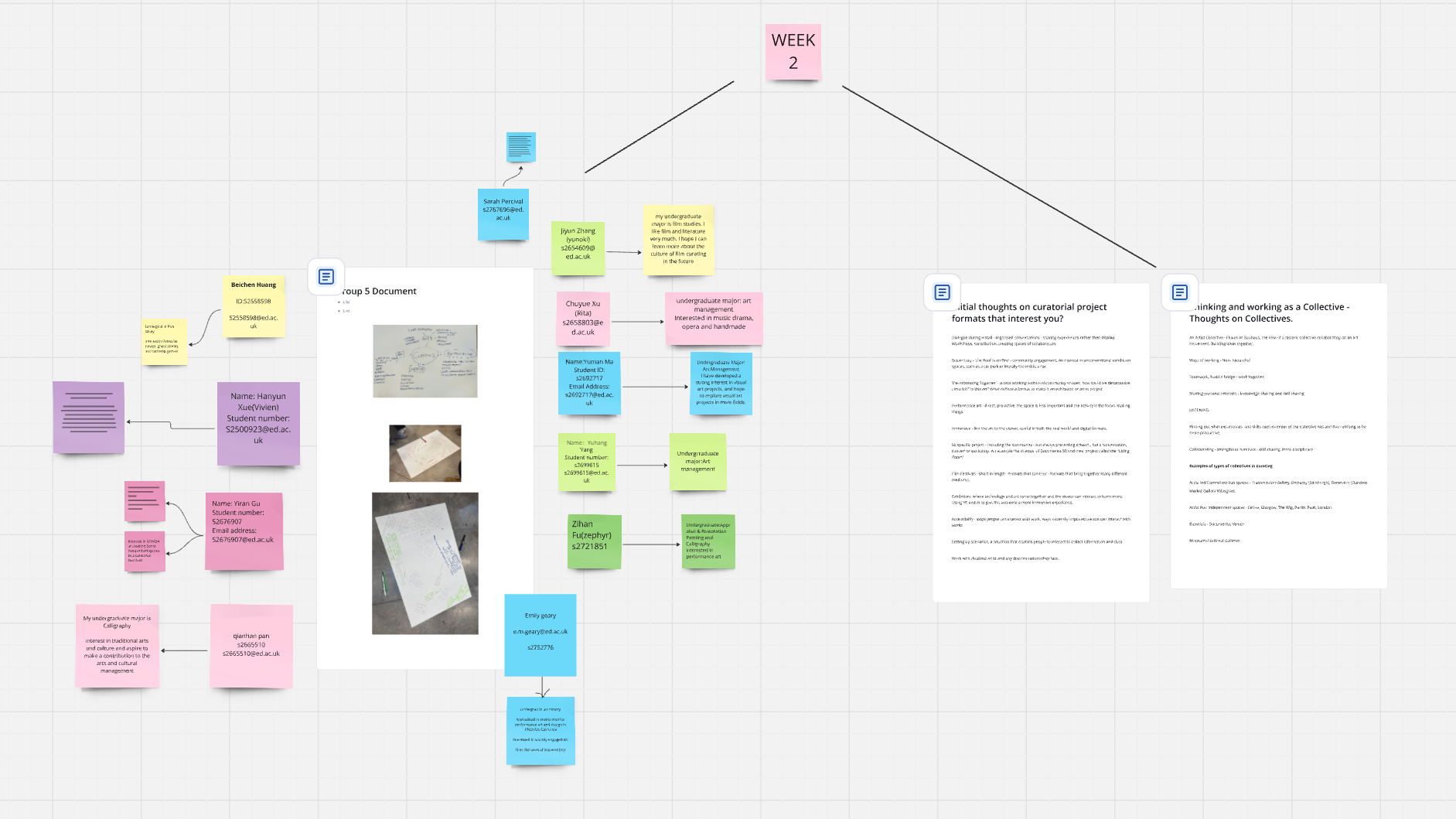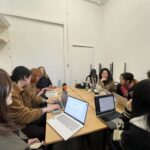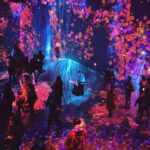Introduction
This week’s discussions expanded my understanding of curatorial models and collective working. Beyond institutional exhibitions, curating today encompasses participatory, site-specific, and socially engaged formats. The focus on collaborative curatorial practices led me to consider how collectives function and how knowledge-sharing, skill exchange, and non-hierarchical structures shape curatorial work.
More importantly, this reflection helped clarify what kind of curatorial approach aligns with my future project. Rather than following a singular model, I am interested in hybrid formats that integrate dialogue, community engagement, and immersive experiences. This blog explores key insights from this week’s learning and how they influence my curatorial direction.
Curatorial Models: What Resonates with My Practice?
Rather than strictly institutional or independent curation, I am drawn to models that emphasize interaction, audience participation, and contextual adaptability. Some approaches that resonate with my future project include:
-
Dialogue-Based & Participatory Curation – Moving beyond passive viewing, incorporating conversations, workshops, and audience contributions into the exhibition process.
-
Community-Engaged & Site-Specific Projects – Inspired by The Roof is on Fire, curating in unconventional spaces (e.g., car parks, temporary setups) to enhance social interaction.
-
Environmental & Sustainable Curation – Projects like Decarbonising Together raise questions about curatorial responsibility and the boundary between art and activism.
-
Performance & Action-Based Curation – The act itself becomes the core, prioritizing interaction over traditional exhibition spaces.
-
Immersive & Digital Curation – Using VR, AI, and interactive technology to expand engagement beyond physical exhibitions.
Each of these approaches offers ways to break conventional exhibition structures, making art more accessible and socially relevant. My next step is to explore how these elements can intersect in a cohesive, hybrid curatorial format.
Collective Curation: Collaboration & Knowledge Exchange
This week also highlighted the significance of working as a collective in curatorial practice. From historical artist movements like Fluxus and Bauhaus to contemporary artist-run spaces and biennials, collectives foster collaboration, shared authorship, and interdisciplinary exchange.
Some key aspects of collective working that influence my curatorial perspective include:
- Non-Hierarchical Structures – Decision-making through discussion and shared responsibility.
- Skill & Knowledge Sharing – Utilizing each member’s expertise to expand creative possibilities.
- Interdisciplinary Collaboration – Engaging with practitioners from technology, activism, and community work to enrich curatorial projects.
Studying collective models reinforced my interest in curating as a process of co-creation rather than just exhibition-making. Moving forward, I want to integrate collaborative and participatory strategies into my curatorial approach.
Conclusion: How Does This Shape My Curatorial Direction?
This week’s learning deepened my understanding of alternative curatorial approaches and reinforced my interest in curation as an interactive and collective process. As I refine my speculative curatorial project, I will focus on:
-
Merging participatory, site-responsive, and immersive elements into a hybrid curatorial format.
-
Integrating interdisciplinary and collective-driven methods to foster inclusive curation.
-
Exploring how curatorial projects can function beyond exhibition spaces, emphasizing community engagement and real-world impact.







